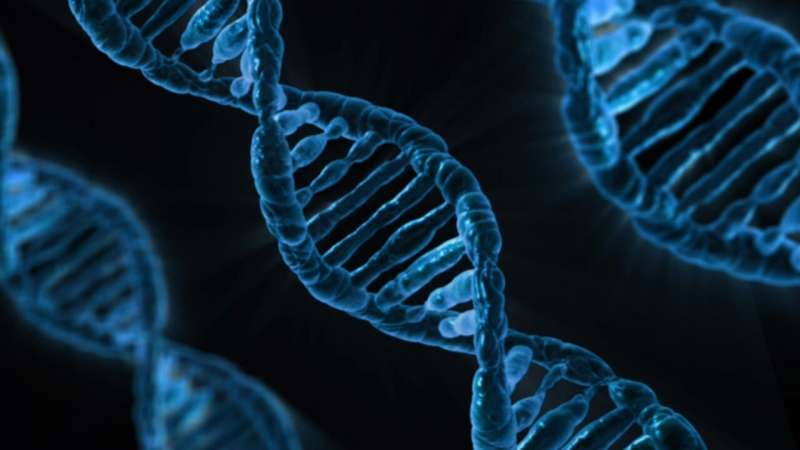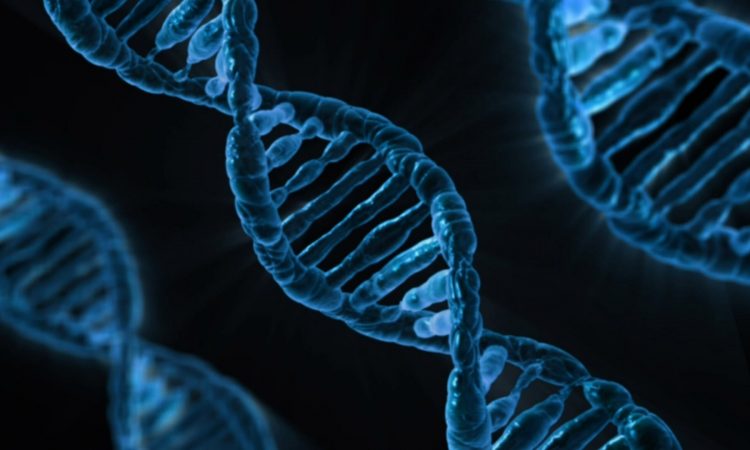
Geneticists have written new chapters in the reconstruction of pre-colonial Americas history after using DNA from the indigenous Ashaninka people from Amazonian Peru. They have discovered previously unexpected levels of genetic variation in this group and uncovered a strong hint that these people were involved in a South-to-North migration that led to the transition from an archaic to ceramic culture in the Caribbean islands.
The dramatic impact of European colonization during the second half of the last millennium has strongly influenced the genetic history of the Americas, making the reconstruction of the American genetic history difficult compared to other continents.
The most informative sources that can allow us to go back into the indigenous genetic history are the ancient DNA and the DNA from modern individuals belonging to Indigenous groups. For the latter, the inner region of South America is significantly underrepresented.
For these reasons, the scientists—led by Alessandro Achilli, Professor of Genetics at the Dept. of Biology and Biotechnology “L. Spallanzani” in the University of Pavia, and Marco Rosario Capodiferro, Postdoctoral Researcher in Trinity College Dublin’s School of Genetics and Microbiology—focused on a specific Indigenous group from Amazonian Peru, the Ashaninka, in the new study that has just been published in the journal Current Biology.
The Ashaninka are an Arawakan-speaking group and the largest Indigenous group from the Amazonian areas of Peru.
The genetic data of more than 50 Ashaninka individuals were merged to a large worldwide dataset of modern individuals to help the geneticists make their comparisons. In addition, more than 500 genomes of ancient Siberian and especially American individuals were added to get details of the past genetic history. This abundant dataset was then investigated with many of the latest approaches used in population genomics.
Three key discoveries
- Surprisingly, the group was more genetically diverse than expected, with the geneticists identifying at least two different genetic groups. Although the Ashaninka genetic groups are very close to each other, past and probably continuing relations with neighboring populations, especially those of the Peruvian coast, led to this diversification.
- All the Ashaninkas have a common origin, derived from the South-Eastern or the Southern part of the South American continent—although the addition of genomic data from ancient individuals from the inner region of South America will be needed to corroborate this result.
- In a broader context, the Ashaninka and other Arawakan populations are the closest to the Caribbean ancient groups associated with Ceramic cultures. This genetic link suggests Ashaninka and Arawakan ancestors from the inner part of South America were involved in the South-to-North migration, which led to the transition from Archaic to Ceramics cultures in the Caribbean Islands.
Dr. Capodiferro said, “In combination, these exciting findings open a new line of investigation focused on the inner regions of the American continent and highlight the importance of microgeographic studies, and of the history of a single and specific Indigenous group. They give value to the genetic and cultural heritage inherited from Indigenous groups and allow us to understand fundamental information that impacts the whole continent.
Prof. Achilli concluded, “Our work outlines that there is still much to be discovered about Indigenous American groups. The next step for us is to explore the entire genome of Ashaninka and other Indigenous groups by using ancient DNA from archaeological sites on the same—and surrounding—areas and covering a wider timeframe, from early Holocene through colonial times, to further refine the region’s genetic history.”
More information:
Alessandro Achilli, The multifaceted genomic history of Ashaninka from Amazonian Peru, Current Biology (2023). DOI: 10.1016/j.cub.2023.02.046. www.cell.com/current-biology/f … 0960-9822(23)00186-0
Journal information:
Current Biology
Source: Read Full Article
